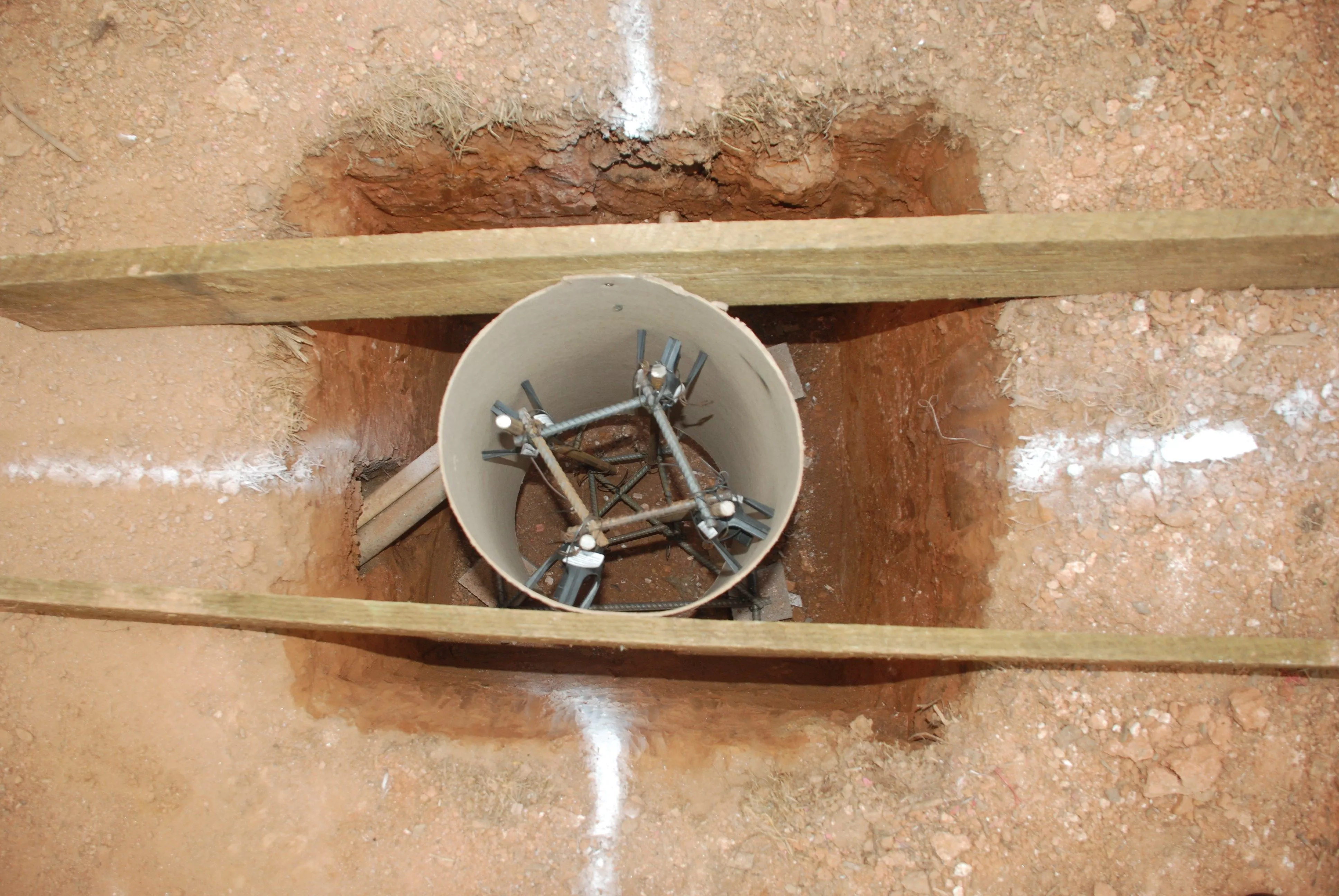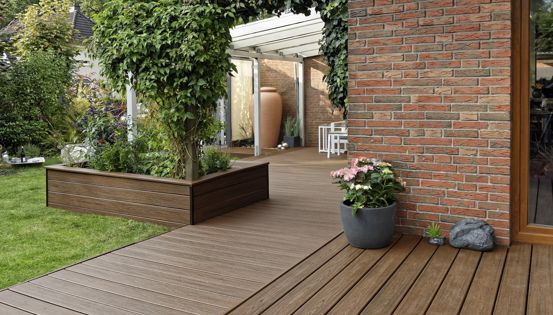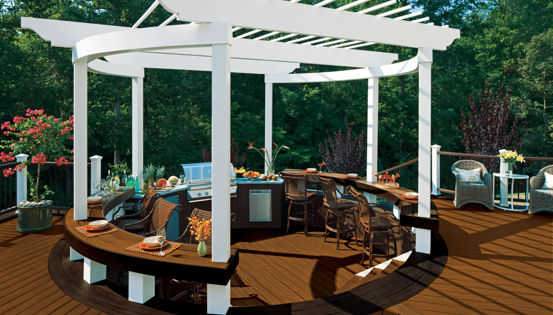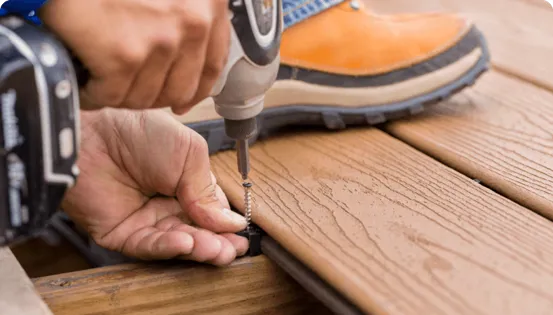Once your holes are in place, how do you make sure they don’t cave in and waste all of your hard work? One easy solution is to purchase cardboard form tubes and place them in the holes to prevent the holes from collapsing. These tubes are sold in different sizes. You will probably want 12” or 16” diameter tubes that are at least 6’ tall. For about $20 each, you can save yourself the frustration of redigging collapsed holes. You can remove the tubes after the footing inspection or leave them in the ground to naturally degrade in the soil.
You will also want to cover the holes with something to keep water out. If your holes fill with water, they are more likely to collapse and you will not be able to pass a footing inspection while water is in the bottom of the hole. You can use plywood or tarps, some people have even used garbage can lids. Try to coordinate your footing inspection so that you don’t have to leave the footings open for a long period of time.
Cardboard Sono Tubes
Installing cardboard sonotubes and covering your footing holes can help protect the holes from collapsing before you pour your concrete foundations.







